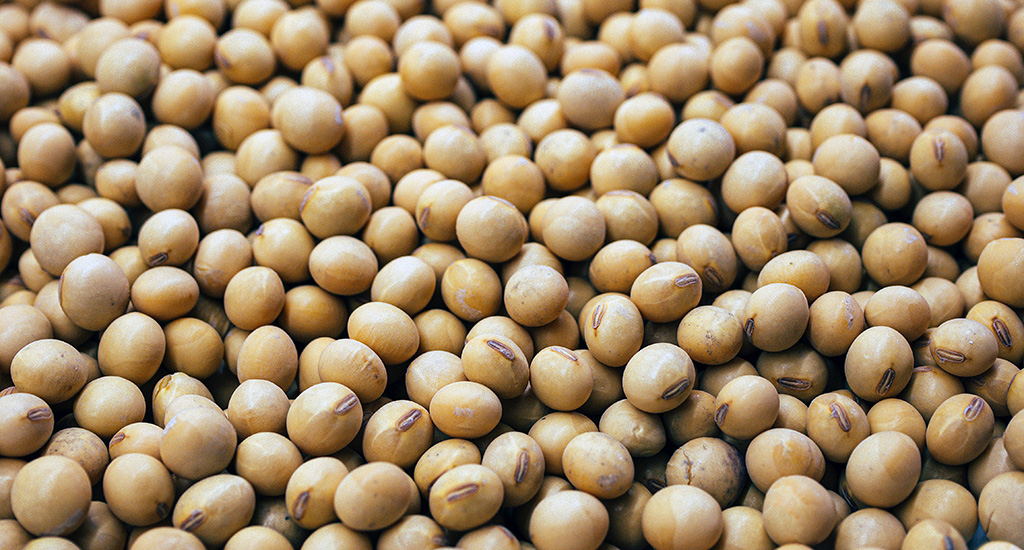Amol Kadam, 40, lives in Jaigaon – a poorly located and connected village in the drought-prone eastern parts of the Satara district. At a young age, he migrated and started working as an assistant and then as a driver in private buses operating between Mumbai and Goa.
“Now I live in my village and go outside only if there is a need and yet I earn much more money than before,” says Kadam.
He is perhaps the best example of what dramatic transformation can be brought by a united village struggling to overcome its adversity.
Finding a solution to water shortages
Situated at the bottom of a large hill, the landscape slopes westwards and the soil tends to be shallow near the hills. With barely 600 mm annual rainfall, the village residents not only had to somehow manage with dry land farming but had to face very severe drinking water problems each year after February.

“We would wait for the drinking water tanker, which would empty itself in the common well. Then there would be a race with each household trying to fill water,” says Nathabhau, the sarpanch.
He said the ropes would get entangled and at times break, leaving the metal pots at the bottom.
“Now, we could see quite a few pots shining through the clear water in the full well. It was full on June 18 this year without any rain,” he adds.
A united effort of the village
The transformation came with a united effort of the village in undertaking treatment of the upper reaches of the slopes as well as a large number of water conservation structures in 2016.
They were inspired by Dr. Avinash Pol, a popular and active social worker working voluntarily with the PAANI Foundation. Their enthusiasm and joint efforts, combined with Dr. Pol’s positive assistance saw a range of initiatives supported by several private and public agencies getting implemented in the village. The water issue was temporarily resolved.

The villagers joined the initiative to ensure water is used sensibly in agriculture and also adopted cropping patterns that would not require much water.
Seed multiplication also helps villagers blossom
Dr. Pol helped the villagers to secure the privilege of becoming a seed multiplication village for a soybean seed variety developed by an agriculture university. Kadam was one among the sixty farmers engaged in seed multiplication.
“We get paid Rs 4,000 per bag of Grade II seed and Rs 5,000 for Grade I seeds. In so many years we’ve ensured that farmers adhere to the strict discipline of seed multiplication and hence no lot has been rejected till date”, says Shankarrao, their seed production coordinator.
Thanks to this ethos, Kadam prospered.
“I have 5 acres of land. I produced and delivered 200 bags of seeds. That gave me Rs 8 lakhs from 5 acres in 4 months.”
He has also kept several cross-bred cows and delivers 70-80 litres of milk every day to a local dairy named Sankalp. This milk is valued at Rs 2,100 per day.
“Milk helps me earn Rs 4 lakhs a year,” Kadam tells Village Square. He also produced sorghum worth another Rs 1 lakh and also produced sorghum stover of the same value. “My net income is about Rs 12 lakhs now,” says Kadam.

Given that he has 5 acres of land, this income translates to about Rs 60 per square meter of land. This is close to USD 1 per square metre, which Late Paul Pollock had set as a target for removing smallholder agriculturists from poverty.
Now is the era of T20. Sugarcane crop is like a Test match. You get money after 18 months. No one wants to wait that long. Soybean seed production is like T20 – you get the money in 4 months flat
Nathabhau, the sarpanch“I have studied up to 12th standard and my wife Priyanka has studied up to 10th standard. We work with my parents to manage the farm and look after the animals. This is much more than we can hope to earn even if we settle down in a city and our life is so much better here in our own village,” claims Kadam.
The district sees a large number of sugar cane cultivation prompted by many well-run sugar mills. “Now is the era of T20. Sugarcane crop is like a Test match. You get money after 18 months. No one wants to wait that long. Soybean seed production is like T20 – you get the money in 4 months flat,” Nathabhau, the sarpanch said.
Sanjiv Phansalkar is the director of VikasAnvesh Foundation, Pune. He was earlier a faculty member at the Institute of Rural Management Anand (IRMA). Phansalkar is a fellow of the Indian Institute of Management (IIM) Ahmedabad.
The lead image shows soybean seeds that the farmers of Jaigaon are producing (Photo courtesy Daniela Paola Alchapar, Unsplash)








